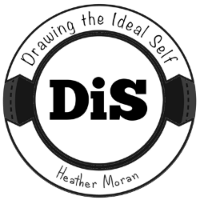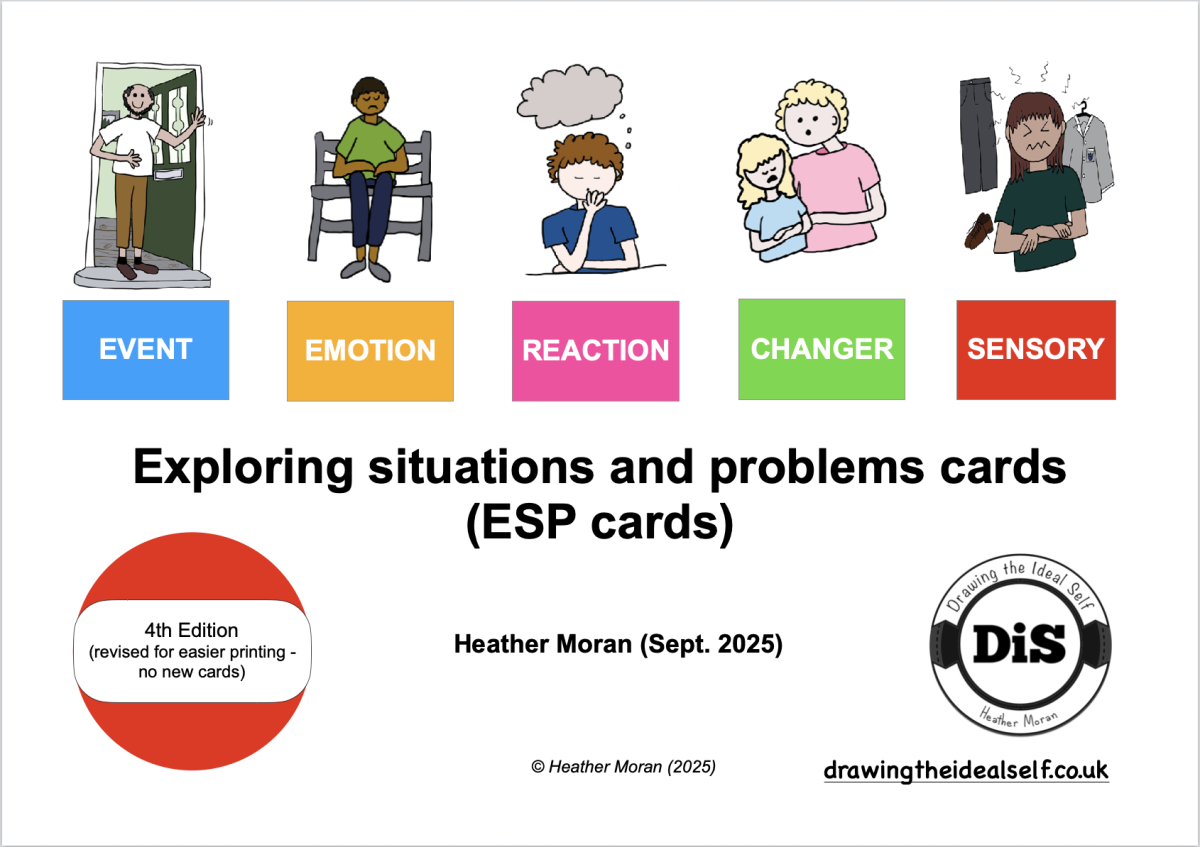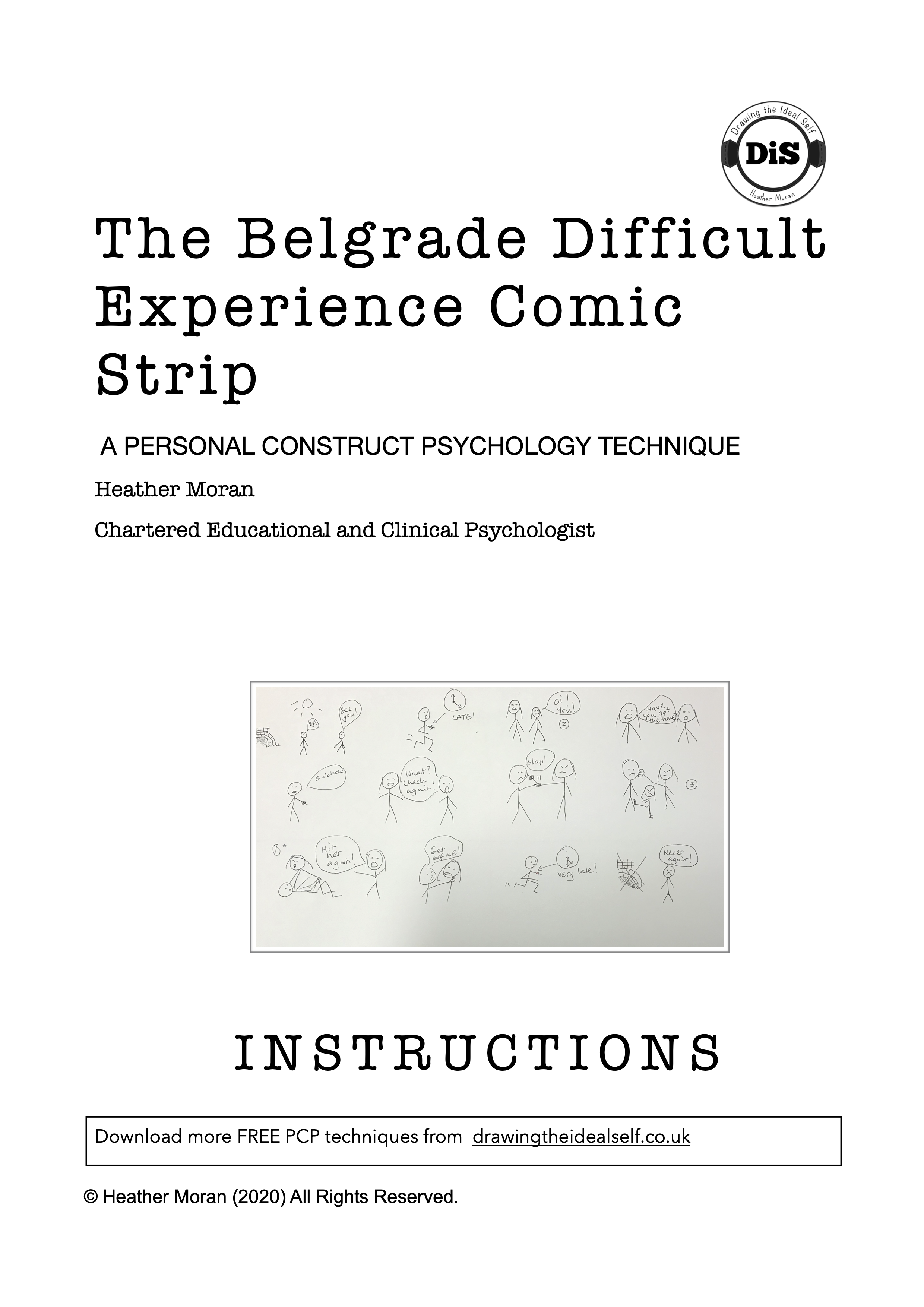Techniques, Resources and Books
The Exploring Situations and Problems (ESP) cards
These FREE cards are designed to help children to identify difficult parts of their day, how they feel and react, and the ways they try to regulate themselves. The intention is to reduce the communication demands and to help children to reflect on their experiences.
Construing your admin tasks: why are some more difficult for you?
This exercise follows a process for exploring your personal construing of the admin tasks you have to do. It is not specific to an age for use (even children have their tasks at school and home), nor to a profession (a homemaker has many admin tasks). So, I hope it can be used with anyone.
Techniques
NEW! Drawing the Ideal Role
Useful for coaching, supervision or looking at a particular role. Also suitable for a self-development exploration.
The Collection of PCP Techniques
This has four PCP techniques in one document, except for Drawing the Ideal Role. It is convenient for reading them but it may be more hassle to print only one of them for taking into a session. Therefore, they are available individually below.
The Super Simple
Role Rating
explores a role (e.g. footballer, student, parent). It is designed to be suitable for use in therapy, education or in coaching.
The Belgrade Difficult Experience Comic Strip
explores a distressing event.
This could be an upsetting experience or a significant trauma.
Resources

Working with Anger: A Constructivist Approach
I have a chapter about working with young people in Peter Cummins' book.

Treating the person, not the symptoms: Personal construct group therapy with adolescent girls.
There are no viruses as I add this but I would always recommend you use a virus checker.

Where anger rules
A paper about my PCP approach to working with young people referred
because of their difficulties managing angry feelings. Moran, H.
(2006). Where anger rules. Counselling Children and Young People. Dec.
6-9.
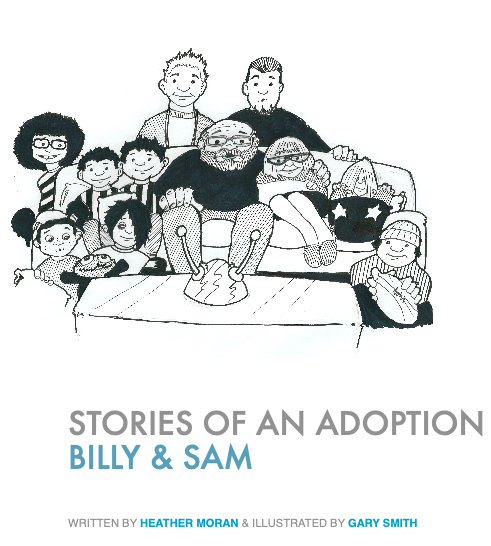
Stories of an Adoption: Billy and Sam Find a New Mum and Dad
This ebook is for children who are moving/have moved
from foster care to an adoptive family. I wrote it because it was hard
to find a book with children in the story (rather than animals).

The Child's Voice - Ruairi and Heather Moran
This book of powerful poems is by an adopted adolescent, illustrating
his feelings about his history and identity. It is a great resource for
working with adopted teenagers or adopters and foster carers.
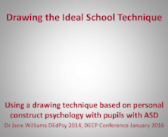
Drawing the Ideal School - Presentation by Jane Williams
Drawing the Ideal School is a variation of Drawing the
Ideal Self. This is a slideshow of a presentation at the British
Psychological Society's DECP conference by Jane Williams (2016).

My First Parents Used to Fight
This book is written to facilitate discussions about the experiences some children have had living in a family where violence and neglect are part of everyday life. It is particularly suited for work with children who are in the care of others (foster care or care with other family members) and children who are adopted.

My Dad Did Something Awful One Day
The experience of parental suicide is usually very distressing and
confusing for a child. This is a book for parents, therapists or
counsellors to read with children affected by such a suicide. It is a
story which gives a child's account their father's suicide. The aim is
to read it with a child and facilitate a conversation about the child's
experience.
The Children's Exploratory Drawings
Abi Cohman and Cleo Timney, Trainee Educational Psychologists at Southampton University developed The Children’s Exploratory Drawings (CEDS), their PCP technique to use in conversations and therapy with children and young people.http://theceds.co.uk
Abi Cohman and Cleo Timney, Trainee Educational Psychologists at Southampton University developed The Children’s Exploratory Drawings (CEDS), their PCP technique to use in conversations and therapy with children and young people.http://theceds.co.uk
Books
Books Find more papers about Drawing the Ideal Self and other topics
DiS and other PCP papers
- Moran, H. J. (2006). A very personal assessment: using a Personal Construct Psychology assessment technique (Drawing the Ideal Self) with young people with ASD to explore the child's view of the self. Good Autism Practice, 7(2), October 2006, pp. 78-86..
- Moran H. J. (2005). Working with Angry Children. Pp. 83-98 in P. Cummins (Ed.), Working with Anger. A Constructivist Approach. Chichester: Wiley.
- Moran, H. (2001). Who do you think you are? Drawing the Ideal Self: A technique to explore a child's sense of self. Clinical Psychology and Psychiatry, 6, pp. 599-604.
- Moran, H. (1996). “Now that we know that, we can see what to do!” DECP Newsletter 72, April, pp. 36-39. The British Psychological Society Division of Educational and Child Psychology.
- Moran, H., Pathak, N. & Sharma, N. (2009). The mystery of the well-attended group. A model of Personal Construct Therapy for adolescent self-harm and depression in a community CAMHS service. Counselling Psychology Quarterly, 22, 347-359. (link)
- Moran, H. (2013). Treating the person, not the symptoms: Personal construct group therapy with adolescent girls. The Psychotherapist, 55, Autumn 2013, 24-25. (pdf link)
- Moran, H. (2006). Where anger rules. Counselling Children and Young People. Dec. 6-9.
Variations of DiS by other psychologists
- Williams, J. (2020). Drawing the Ideal Safe School: an optimistic approach to returning to school. (link)
- Williams, J & Hanke, D. (2007) 'Do you want to know what sort of school I want?': optimum features of school provision for pupils with autistic spectrum disorder Good Autism Practice, 8,2, 51-63.
- Morgan-Rose, F. (2015). The Ideal Classroom: Perspectives of Young People Attending a Nurture Group. (link)
- Wade, R. (2022). My Ideal School: Using a Personal Construct Psychology Technique toExplore and Understand the School Constructs of Children and Young People Identified as Having Selective Mutism. Unpublished thesis for theDoctorate in Educational Psychology (EdPsyD)University of East Anglia.
How to use PCP in practice
- Cummins, P., and Moran, H. (2021). A Foundation Course in Personal Construct Psychology. The Coventry Course Handbook. (link)
- Moran, H. (2020). A Beginner's Guide to Personal Construct Therapy with Children and Young People. (link)
- Moran, H. (Ed.) (2014). Using Personal Construct Psychology with Children and Adolescents. (link)
Other topics
- Moran, H. (2016). A workshop for parents and carers of children on the autism spectrum: Managing angry behaviour. Italian Journal of Constructivism, Vol. 4, No.1.
- Moran, H. (2014). Distinguishing between ASD and significant attachment problems using the Coventry Grid. BACCH News, ASD Special, March 2014, p.12. (link)
- Moran, H. J. (2010). Clinical observations of the differences between children in the autism spectrum and those with attachment problems: The Coventry Grid. Good Autism Practice, 11 (2), October 2010, pp. 46-59. (link)
- Moran, H., Smith, K., Meads, J. & Beck, M. (1996). Let's try that word again in a new way! Helping failing readers to learn high frequency words. British Journal of Special Education, 23, 172-175.
